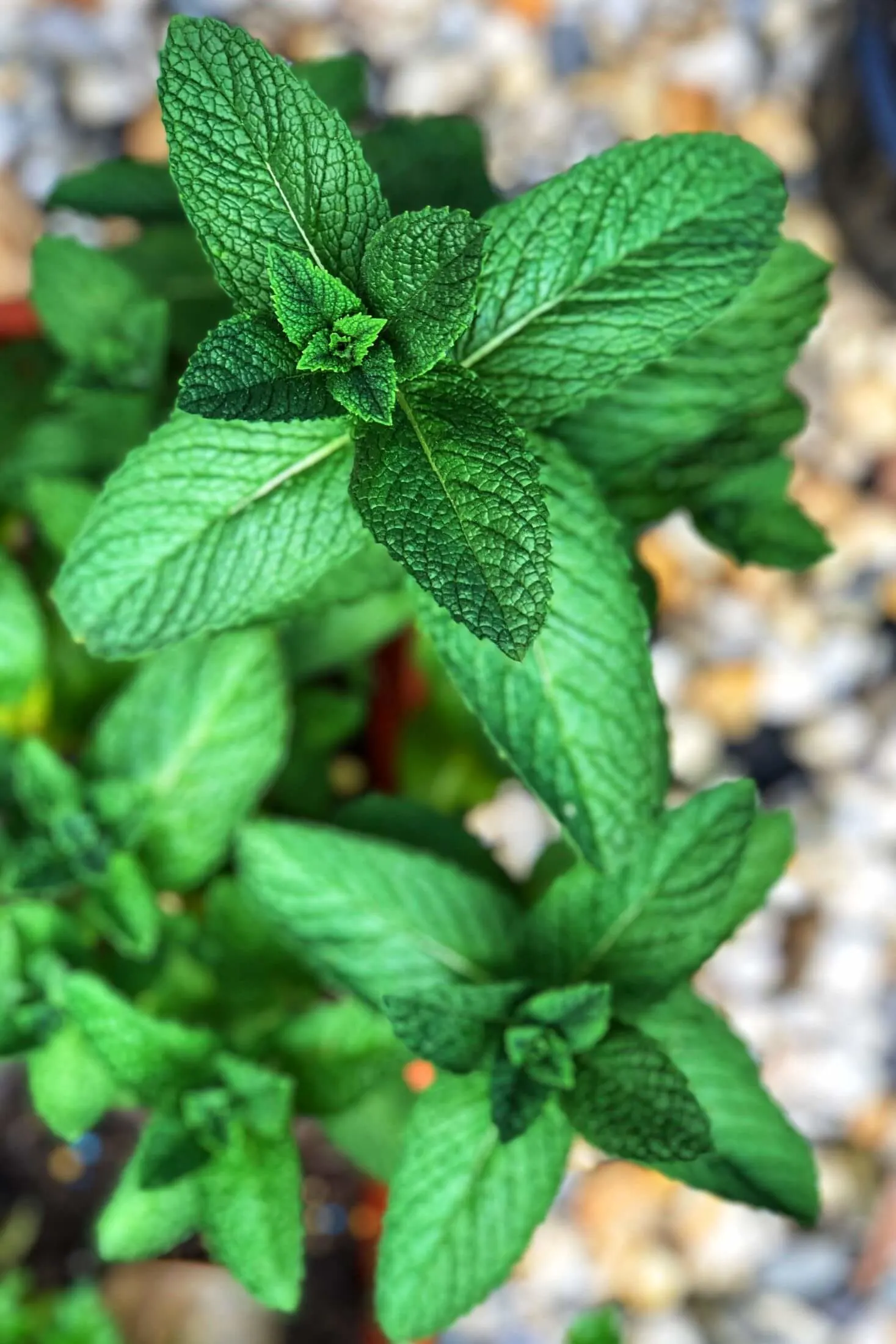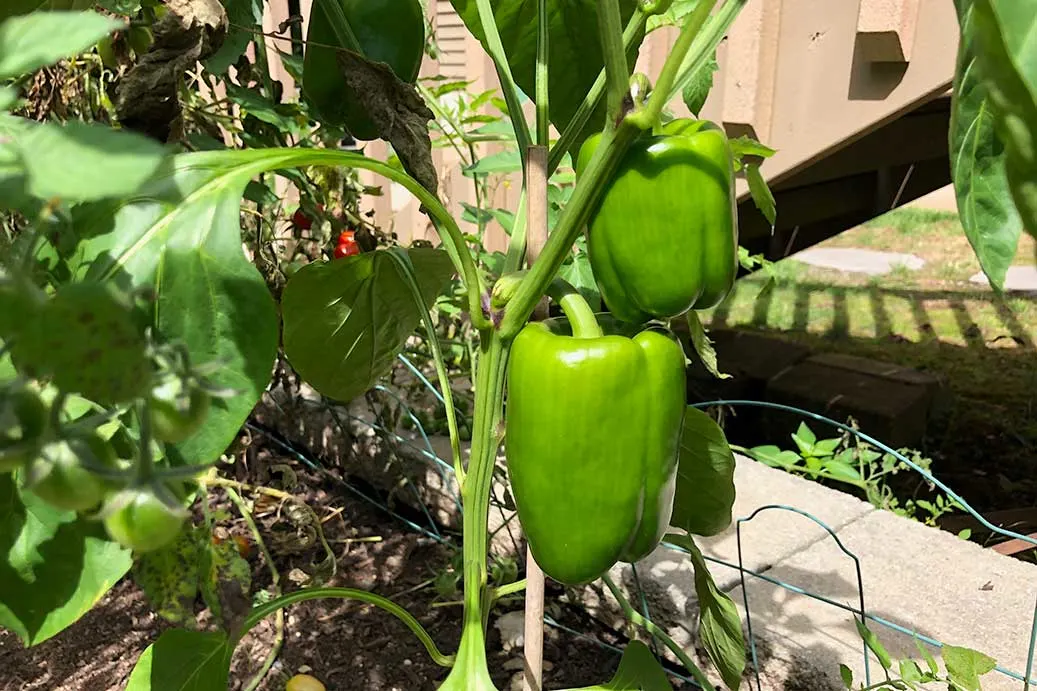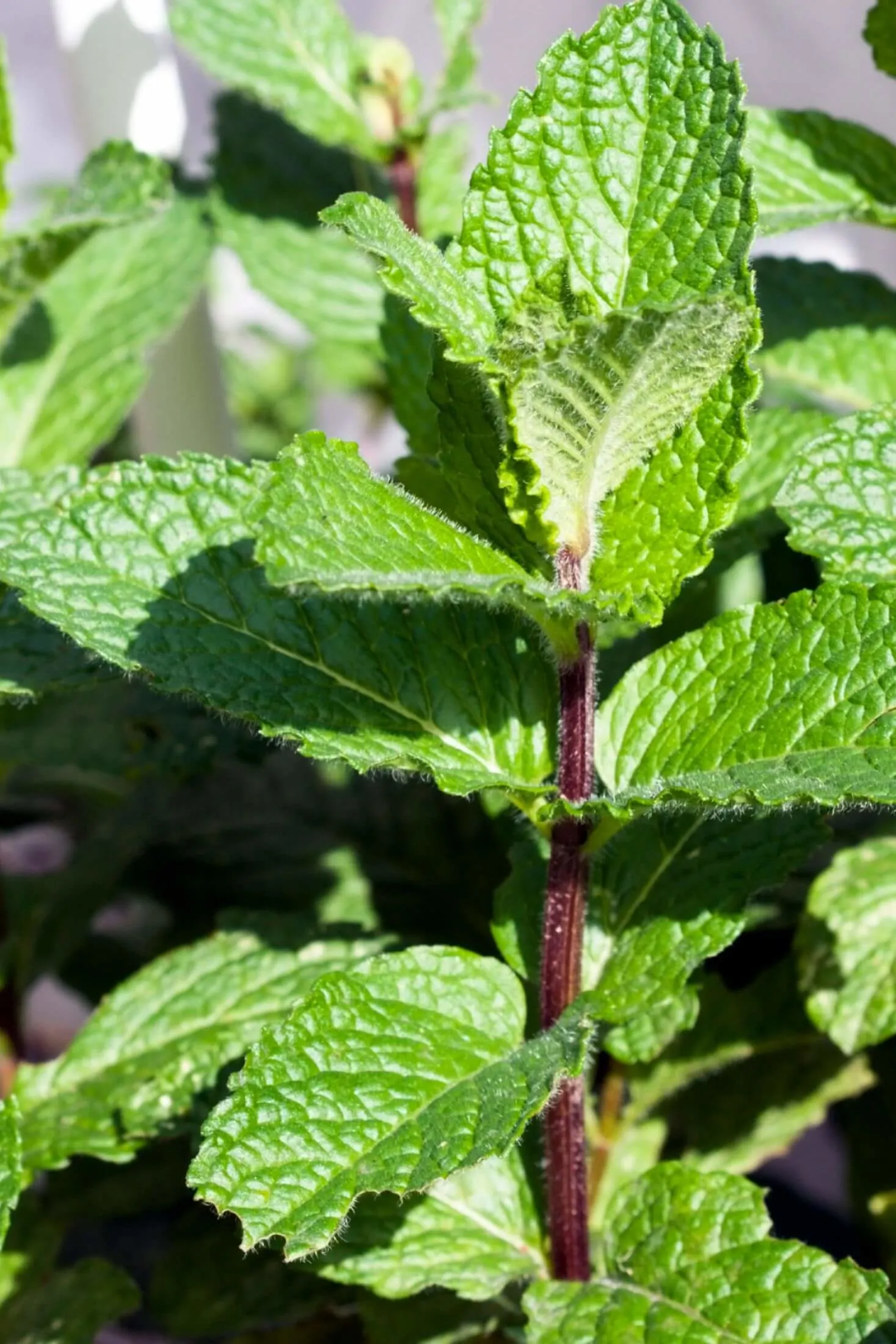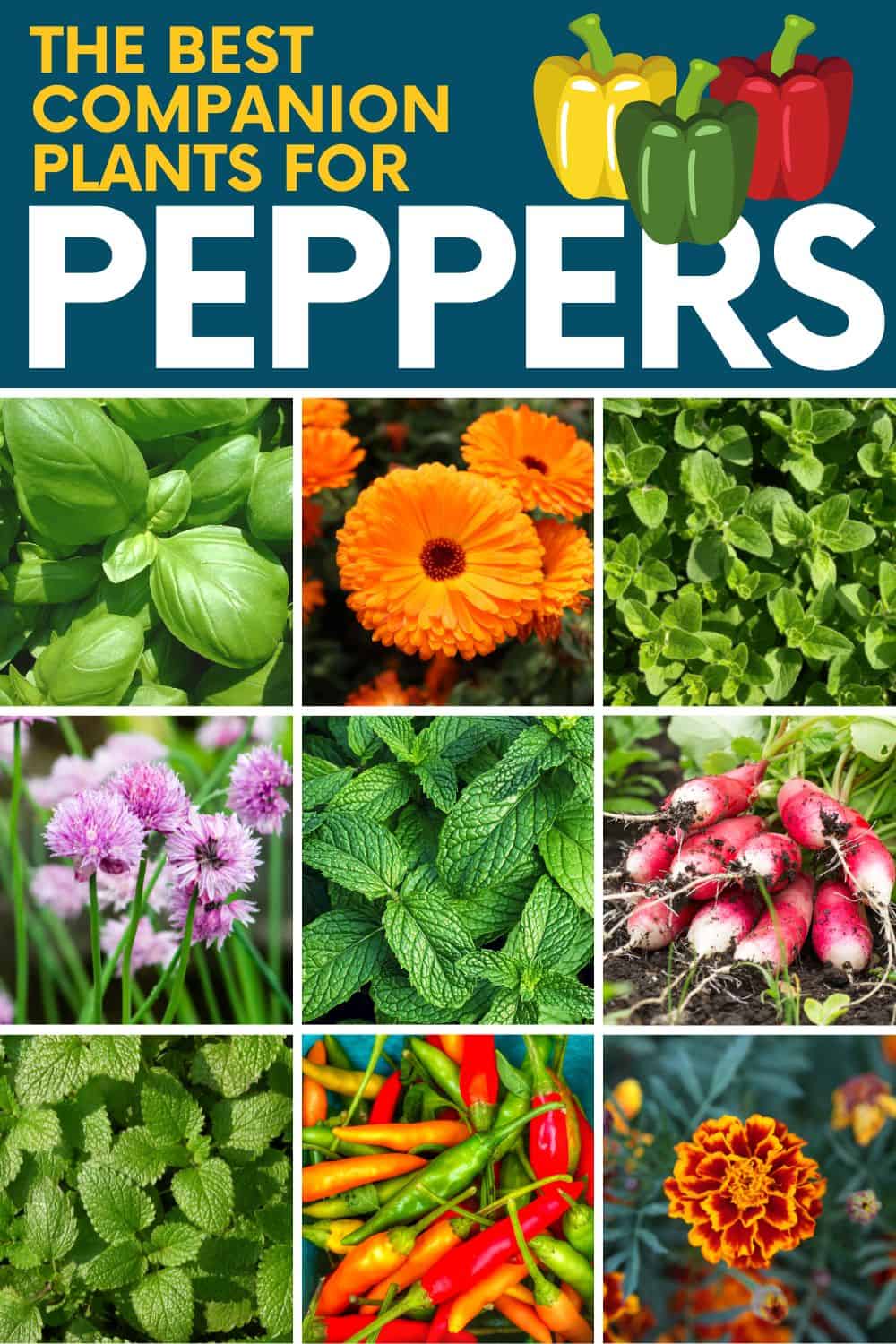Mint And Peppers: The Perfect Companion Planting Pair
Mint and Peppers: The Perfect Companion Planting Pair
Mint and peppers are two of the most popular herbs grown in gardens around the world. They both have a strong, distinctive flavor that can add a lot of zest to dishes. But did you know that these two herbs can also be beneficial to each other when planted together?
In this blog post, we will explore the benefits of companion planting mint and peppers. We will also discuss some tips for getting the most out of this pairing.
Benefits of Companion Planting Mint and Peppers
There are several benefits to companion planting mint and peppers. Here are a few of the most notable:
- Mint repels pests. The strong scent of mint can help to repel a variety of pests, including aphids, spider mites, and tomato hornworms. This can help to keep your pepper plants healthy and free of damage.
- Mint improves soil quality. Mint is a nitrogen-fixing plant, which means that it can help to improve the nitrogen content of the soil. This can benefit the growth of your pepper plants.
- Mint enhances flavor. The strong flavor of mint can help to enhance the flavor of peppers. When grown together, the two herbs can create a delicious and unique flavor combination.
Tips for Companion Planting Mint and Peppers
If you are planning to companion plant mint and peppers, there are a few things you should keep in mind. First, mint is a very invasive plant. It can quickly spread and crowd out other plants, so it is important to plant it in a container or in an area where it will have plenty of room to grow.
Second, mint does best in full sun, while peppers prefer partial shade. If you are planting them in the same garden bed, make sure to plant the mint in a spot where it will get plenty of sun, and plant the peppers in a spot where they will get some shade.
Finally, be sure to water both plants regularly. Mint is a thirsty plant, and peppers need consistent moisture in order to produce fruit.
Conclusion
Mint and peppers are a perfect companion planting pair. The strong scent of mint can help to repel pests, while the nitrogen-fixing properties of mint can help to improve the soil quality. The two herbs can also enhance each other's flavor, creating a delicious and unique combination.
If you are looking for a way to improve the health and productivity of your pepper plants, companion planting them with mint is a great option. With a little planning and care, you can enjoy the benefits of this pairing for years to come.
Mint and peppers are two popular garden plants that can benefit from being planted together. Mint's strong scent can help to repel pests that target peppers, such as aphids, spider mites, and tomato hornworms. Additionally, mint can help to improve the flavor of peppers by releasing volatile compounds that are similar to those found in peppers.
If you are interested in companion planting mint and peppers, I recommend visiting Gardenia Inspiration. This website provides detailed information about the benefits of this combination, as well as tips on how to plant and care for these plants. You can also find photos and illustrations of mint and peppers growing together, which can help you to visualize how they will look in your garden.
FAQ of mint and peppers companion planting
- Can I plant mint next to peppers?
Yes, mint and peppers can be planted together. In fact, mint is a good companion plant for peppers because it can help to repel pests such as aphids, spider mites, and whiteflies. Mint also has a strong scent that can help to mask the smell of peppers, which can deter pests from being attracted to them.
- What are some other good companion plants for peppers?
Other good companion plants for peppers include tomatoes, eggplants, beans, and carrots. These plants all have different root systems and nutrient requirements, so they will not compete with each other for resources. They also help to attract beneficial insects, such as ladybugs and lacewings, which can help to control pests.
- What are some plants that should not be planted near mint?
There are a few plants that should not be planted near mint, as they can compete with it for resources or be harmed by its strong scent. These plants include oregano, rosemary, basil, lavender, sage, thyme, chamomile, parsley, and strawberries.
- How far apart should mint and peppers be planted?
Mint is a very fast-growing plant, so it is important to plant it at least 2 feet away from other plants. This will give the other plants enough space to grow and prevent the mint from taking over.
- How can I control mint if it starts to spread?
If mint starts to spread, you can control it by digging up the roots and replanting them in a pot. You can also trim the mint regularly to keep it in check.
Image of mint and peppers companion planting
Image 1: A pot of mint plants growing next to a pot of peppers. The mint plants are lush and green, and the peppers are starting to turn red.

Image 2: A garden bed with mint plants growing along the edge. The mint plants are interspersed with peppers, tomatoes, and eggplants.

Image 3: A close-up of a mint plant and a pepper plant growing together. The mint plant has small, white flowers, and the pepper plant has green peppers.

Image 4: A farmer's market stand with a display of mint and peppers. The mint plants are in bunches, and the peppers are in a variety of colors.

Image 5: A recipe card for a mint and pepper salsa. The salsa is made with fresh mint, peppers, tomatoes, and onions.

Post a Comment for "Mint And Peppers: The Perfect Companion Planting Pair"